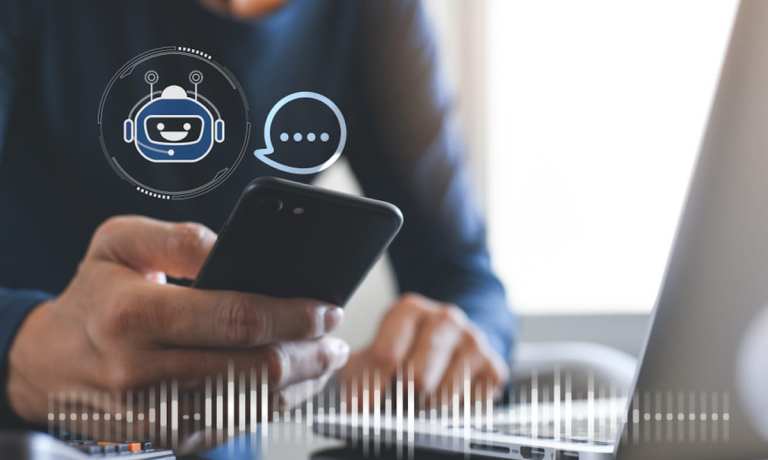But this surge in virtual assistant utilization is not confined to the finance sector; it mirrors a broader trend reshaping various sectors, including education.
Much like Erica, artificial intelligence (AI) chatbots or assistants are transforming learning environments by providing personalized support and streamlining administrative tasks. These digital companions, equipped with sophisticated algorithms and natural language processing capabilities, helps educators, administrators and learners navigate the complexities of education with ease and efficiency.
Take for example, the recent introduction of Herkybot, a new virtual assistant, at California State University, Sacramento (CSUS), as part of the institution’s efforts to address declining college enrollment.
The chatbot sends periodic messages or emails to students, checking in on their progress toward educational goals and reminding them of key deadlines. Moreover, Herkybot is infused with a human touch, offering resources and support to ensure students feel cared for throughout their academic journey.
“We wanted to give it humanistic qualities, even though it’s robotic,” Ling Luc, a senior marketing and communication analyst with the Student Engagement Center, said in a news release. “It’s not intimidating. Some students will never come into our office or call us, for whatever reason. But they will respond to Herkybot.”
Advertisement: Scroll to Continue
Similarly, an AI virtual teaching assistant named Sarah, was unveiled at the American University in Washington D.C. earlier this year, participating in the teaching process by responding to questions and utilizing ChatGPT and Google search engines to generate responses displayed on a screen.
Sarah can also code and is fluent in four languages (English, French, German and Spanish) and is currently being developed to operate audio and visual equipment in the classroom through voice commands.
Meanwhile, Los Angeles Unified School District (LAUSD) students will soon have access to their own personalized, multilingual AI tool, named Ed, which will provide reminders, updates, and assistance tailored to individual student needs.
Ed offers several features, including test reminders, cafeteria menus, school bus updates and wake-up alarms. Additionally, the chatbot can notify students if they’re falling behind in reading, providing personalized resources with a single click.
Furthermore, initiatives like the AI coaching bot being developed by the University of Michigan aim to strengthen students’ critical thinking and self-regulated learning skills. By guiding students through problem-solving processes and encouraging metacognitive reflection, this AI tool aims to empower learners to become more independent and resourceful.
This integration of AI chatbots, primarily through voice commands and conversational interfaces, marks a significant shift in how learning is facilitated, offering personalized assistance and enriching the overall student experience.
However, as with any advanced technology, concerns surrounding privacy and cybersecurity must be carefully addressed to not only foster widespread adoption, but also ensure its ethical and responsible application of AI within the education sector.
PYMNTS Intelligence research has found that the adoption of voice technology remains uneven, with consumers balancing convenience against concerns about data inaccuracies and potential security breaches compromising sensitive information, deterring them from using voice technology for more complex functions.
There is an expectation that as voice technology advances, consumer confidence in its ability to handle complex tasks with reduced risk will increase. Specifically, 60% of U.S. consumers anticipate voice assistants will eventually match human intelligence and reliability, with 46% of this group expecting this advancement within the next five years.




